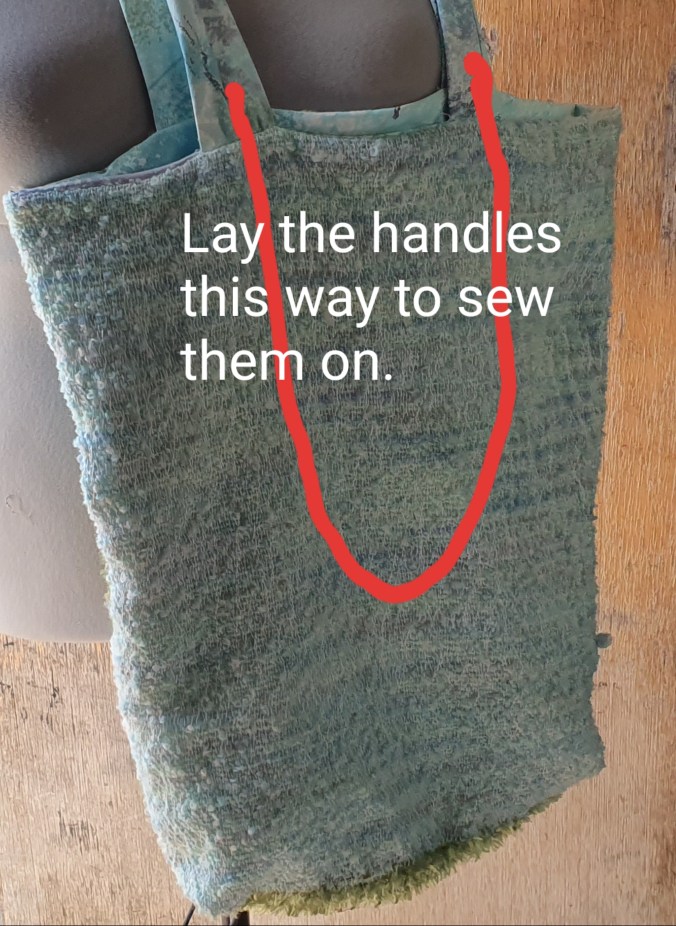I had a break from spinning for the last two days to do some much needed mending. Among the pile of things to fix and put back into working order was a fitted sheet that Melvin (the wonder dog) had ‘dug’ a tear in. I don’t know why he feels the need to dig up the bed if it isn’t made immediately, but he does.
He managed to make an L shaped tear about 2 cm long on each leg of the L. I found a YouTube clip that showed me how to darn it and away I went to give it a go. Of course I used a contrasting colour of cotton, mostly because I only had navy cotton in my kit and the sheet is a mossy green colour. It turned out well I think, it is an obvious darn (of course) but the area feels strong and there aren’t any lumps to annoy my princess of a partner at night (I hope).
The basic method of darning for socks and for sheets (or any fabric) is the same; to anchor thread in solid fabric then build a web of thread, to weave new fabric into, over the hole. In the case of this sheet I didn’t even try to keep it neat and tidy. The darn is… chaotic and wild. I like it actually, I think I would have used a much brighter colour if I had thought about it more deeply, and I will do that next time.







The darned area survived its first two nights on the bed. My princess partner didn’t complain about any peas in his bed. I think this is a win all round. I will continue to darn our sheets to get the longest life possible out of them before they become clothes, animal bedding and cleaning cloths (then eventually, floor mats). I love making things stretch, it makes me feel so accomplished.
























































































